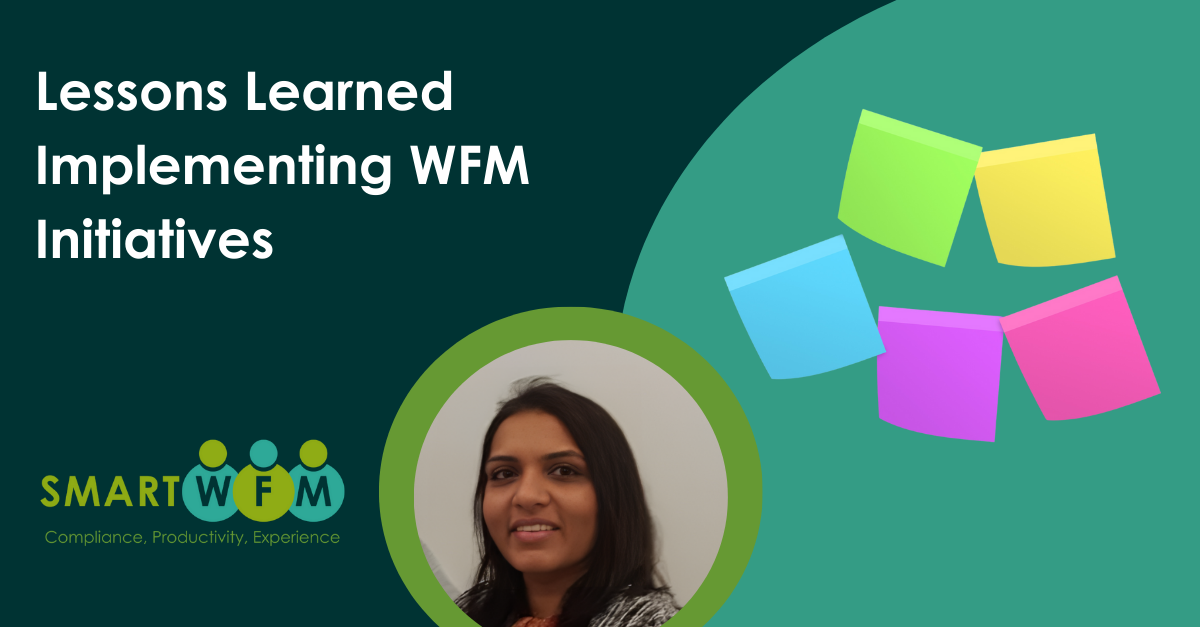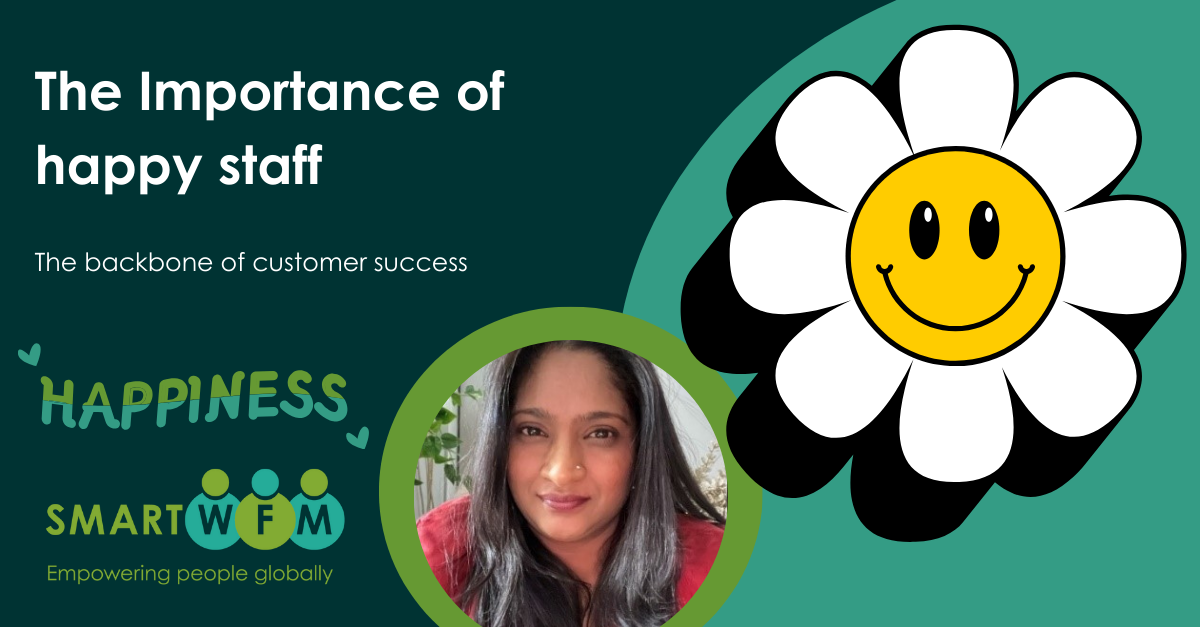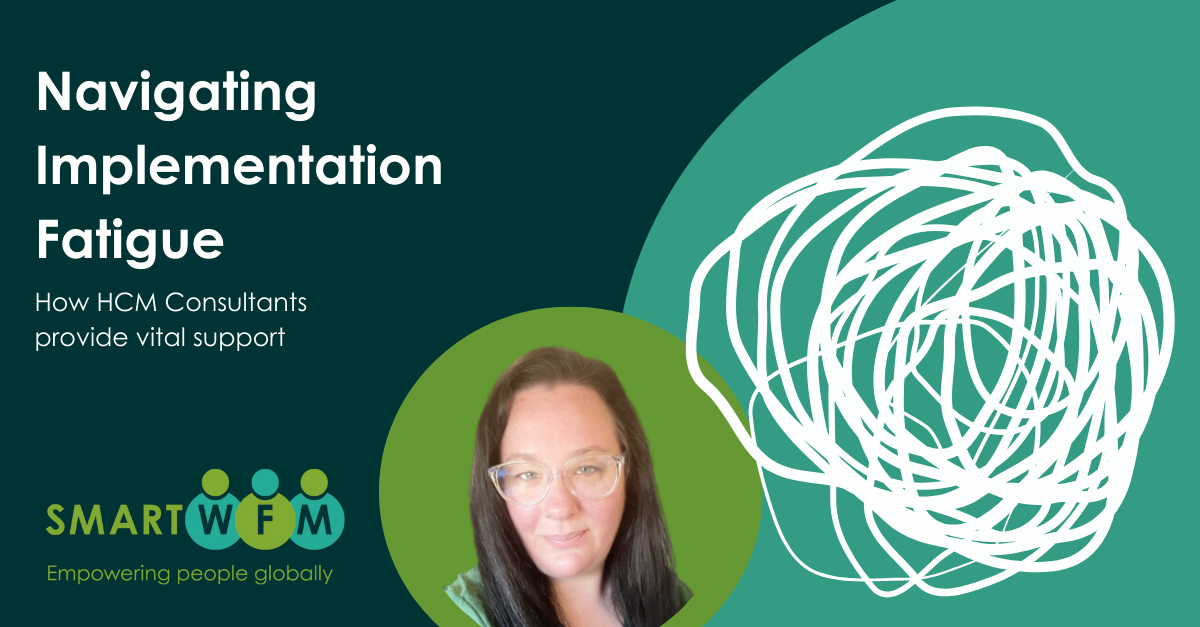Multi-country Rollouts: What we’ve learnt to provide business outcomes and a people-centric experience
Pilot Site Selection:

As a Workforce Management Consultant at Smart WFM, I encounter various challenges in my role, with one of the most significant being organizational resistance to change. Successfully implementing workforce management initiatives often necessitates substantial shifts within the organization. To effectively navigate this resistance, I focus on gaining buy-in from stakeholders and clearly communicating the benefits and rationale behind proposed changes. Through my experience, I've found that building strong relationships with key stakeholders at all levels, understanding the organization's culture deeply, and adapting communication strategies accordingly are crucial. Engaging stakeholders early in the process, providing necessary training and support, and actively addressing concerns while highlighting the successes and advantages of proposed changes are essential tactics. Continuous monitoring, adjusting as needed, and celebrating achievements are integral to managing resistance and ensuring the successful implementation of solutions.
Here are some actionable steps I gathered based on my experience from various industries I worked for such as retail, hospitality, health care and wine industry:
By implementing these steps systematically, you can effectively manage resistance to change and ensure the successful adoption and integration of workforce management initiatives within organizations. Find out more about how Smart WFM can help your organisation by reviewing our case studies.
Ethical AI statement: AI tool used in the creation of this article
Blog written by Reema Patel: WFM Consultant

In the bustling world of modern business, success often seems to hinge on the latest technological advancements, cutting-edge strategies, and...

In the realm of Human Capital Management (HCM), the implementation of new systems, processes, or strategies can often be met with enthusiasm followed...